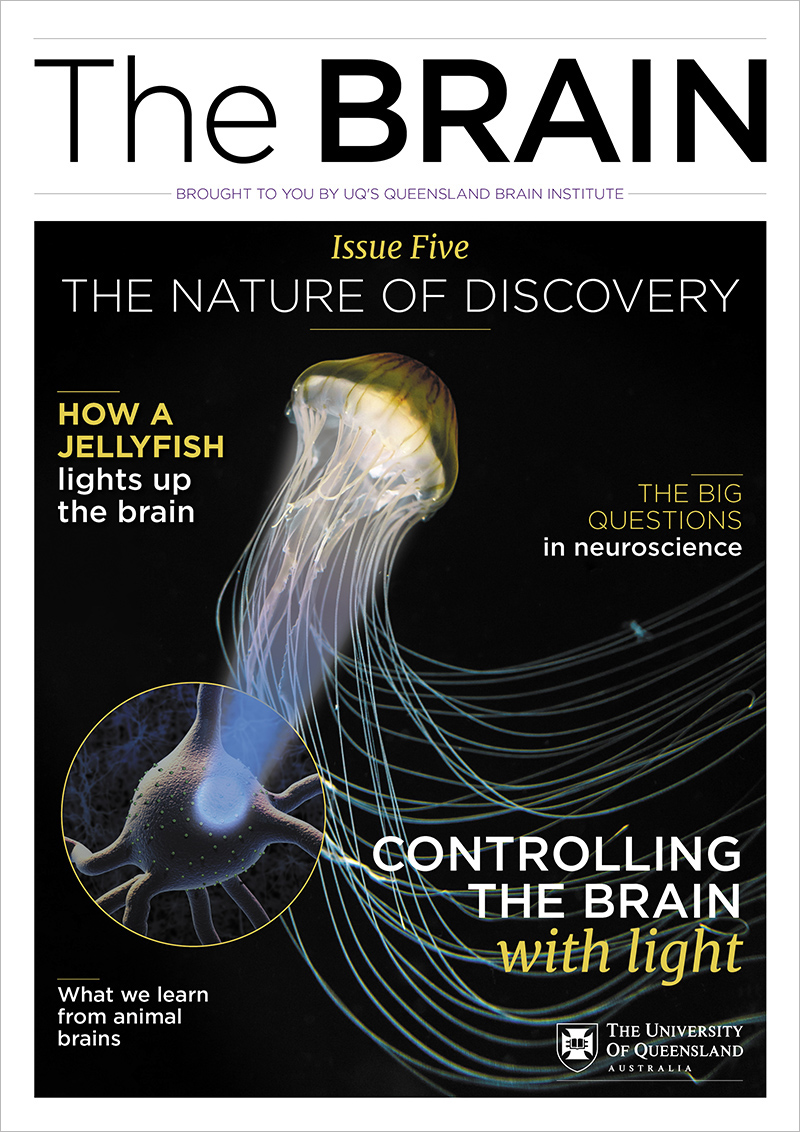In 1980, Nobel Prize-winner Sydney Brenner said: "Progress in science depends on new techniques, new discoveries and new ideas, probably in that order."
Despite decades of study, the limited ability to peer inside a living, working brain has meant that neuroscientists must continually develop new technologies to progress what we know.
Key milestones in understanding the brain include early observations made by the 4th century Greek philosopher Hippocrates, who believed the brain to be responsible for intelligence; the amazing drawings of individual brains cells in the early 1900s by Cajal, who was able to identify them thanks to Golgi’s staining technique; and the discovery of how brain cells talk to each other through chemical signalling in nerve cells of animals, by Nobel Prize-winning Australian neuroscientist Sir John Eccles and colleagues.
Explosion of neuroscience
An explosion in our understanding of the brain has come in the last 40 or so years, and has been accelerating at an unprecedented pace as technology rapidly improves. Importantly, these amazing advances have been propelled by scientists who are inspired by nature and connect seemingly unrelated discoveries to open new fields of brain research. Nobel laureates Sydney Brenner and Eric Kandel, for instance, recognised the importance of studying simple animals to provide a deeper understanding of the human brain. Kandel used the California sea hare, A. californica, to study memory, and Brenner used the roundworm C. elegans to study genetics.
The study of the nervous systems of simple organisms like roundworms, and the behaviour of fruit flies, bees, sea slugs, and other animals, has taught us much about how they sleep, see, fly and navigate. Harnessing animals' evolutionary specialisations has expanded our toolbox for neuroscience research—for instance, using the glow of a jellyfish to light up brain cells.
The next leaps in neuroscience
Although we've made real progress, there is still much to learn. The brain is among the most complex systems known, and there are many important functions that remain a mystery, such as how memory is stored, how the brain processes information, how many types of neurons exist, and why people develop brain diseases like dementia.
Today, with cutting-edge, nature-inspired technologies, we are entering an accelerated era of discovery about the brain. Scientists can now look at the cells inside a living brain, control the actions of specific cells with light, and correct errors in the cells responsible for brain function. Many big questions will be answered by scientists who turn to nature for inspiration.
Some big questions include:
- How does the brain encode and process information?
- How is memory stored?
- How do our brains adapt in real time to experiences?
- How does the brain use energy?
- How are our brains so efficient?
- What is consciousness?
- Can we regrow or repair our brains?
- Can we treat or cure brain diseases?

